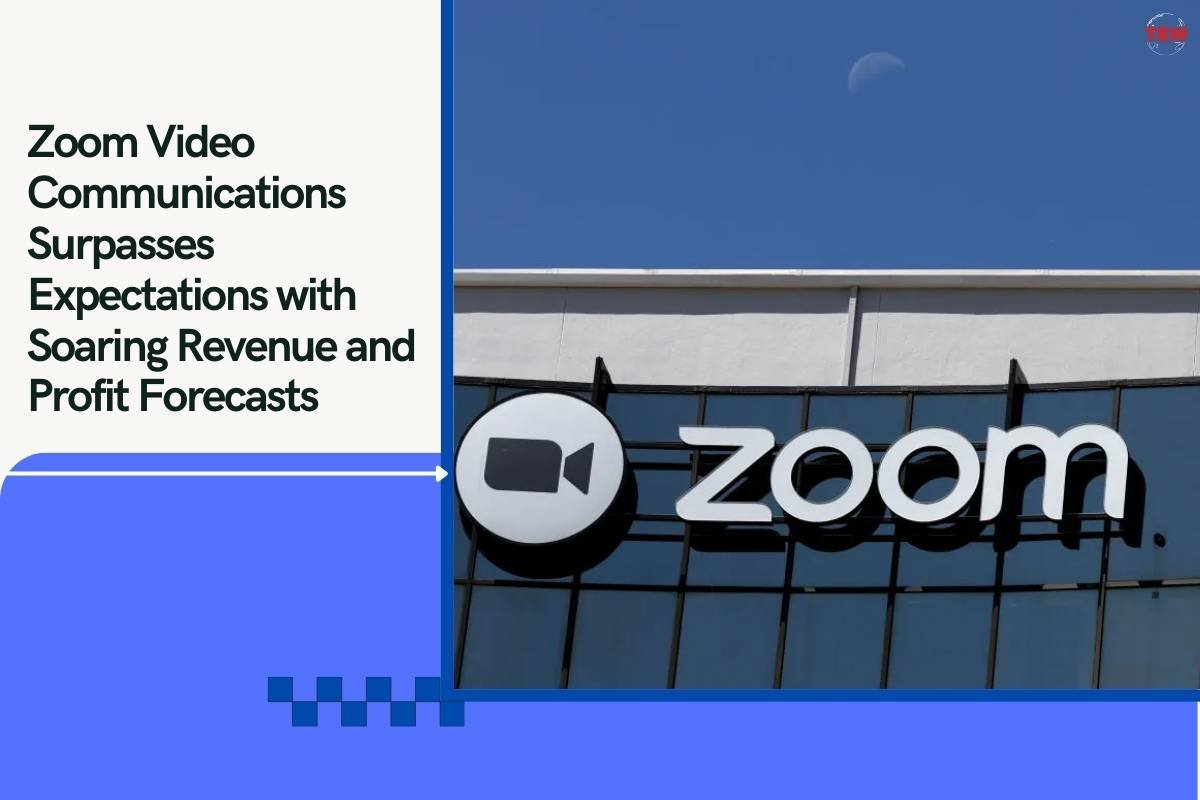In a testament to the enduring relevance of virtual collaboration tools, Zoom Video Communications (ZM.O) has raised the bar once again, elevating its annual revenue and profit forecasts on the back of surging demand fueled by hybrid work trends and the seamless integration of artificial intelligence (AI) technology into its product suite.
During the height of COVID-19 lockdowns, platforms such as Zoom Video Communications, Microsoft Teams, and Cisco’s Webex became household names, providing a lifeline for businesses adapting to remote work models. Even as the business landscape shifts towards hybrid work, these platforms continue to play a pivotal role, with Zoom leading the charge in innovation.
Bolstering its collaboration platform with cutting-edge features
Zoom Video Communications CEO, Eric Yuan, expressed the company’s commitment to bolstering its collaboration platform with cutting-edge features, highlighting the introduction of Zoom AI Companion during the third quarter. This AI-powered addition allows paid users to access advanced features like meeting summaries, catch-ups, and AI-driven prompts for emails and chats. Notably, over 220,000 accounts had embraced this feature as of the latest update.
The company’s revised annual adjusted profit per share now stands between $4.93 and $4.95, a significant uptick from the previous forecast of $4.63 to $4.67. This upward adjustment reflects the robust demand for Zoom’s services in the evolving work landscape.
Zoom’s revenue forecast for the full year has been lifted to a range of $4.506 billion to $4.511 billion, surpassing its earlier projection of $4.485 billion to $4.495 billion. This positive revision underscores the company’s ability to navigate and capitalize on the persistent demand for virtual collaboration tools.
A standout metric for Zoom’s performance is the remarkable 66.2% growth in quarterly free cash flow, reaching $453.2 million. The company projects the full-year free cash flow to be between $1.34 billion and $1.35 billion, showcasing its robust financial health and operational efficiency.
RBC analyst Rishi Jaluria noted that while the highlight was the impressive cash flow, Zoom’s traction with its Phone and Contact Center segments was equally encouraging. The Phone segment witnessed substantial growth, reaching approximately 7 million paid seats, while the Contact Center segment successfully engaged around 700 customers by the end of the quarter.
Sustained growth in key segments’ position
Looking ahead, Zoom’s projections for the current quarter’s revenue range between $1.125 billion and $1.130 billion, aligning with market expectations and further solidifying its position in the virtual communication space.
For the third quarter, Zoom reported a revenue growth of 3.2%, reaching $1.14 billion, slightly exceeding market estimates. On an adjusted basis, the company earned $1.29 per share, surpassing expectations that were pegged at $1.09. This impressive financial performance underscores Zoom’s ability to not only meet but exceed the evolving needs of businesses in a rapidly changing work environment.
As businesses continue to navigate the complexities of hybrid work models, Zoom’s trajectory serves as a beacon for technological innovation and adaptability. The incorporation of AI into its collaboration platform and the sustained growth in key segments position Zoom as a frontrunner in shaping the future of virtual communication and collaboration.





